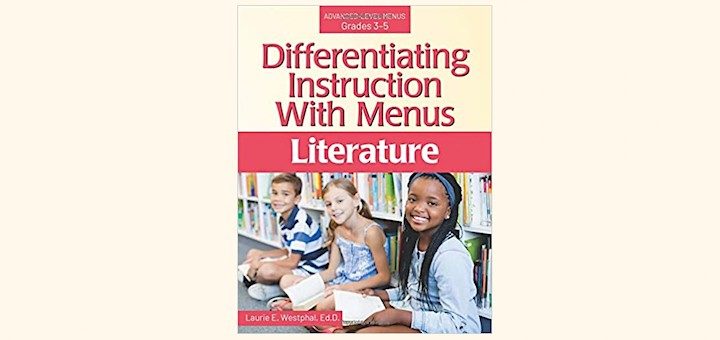How to Keep the Rigor in Differentiated Lessons
When differentiation and rigor are intertwined the result helps all students learn at high levels. Combining the two is not more work, it’s more effective, says teaching consultant Barbara R. Blackburn. Using a content literacy lesson, she shares her three-group strategy.


















